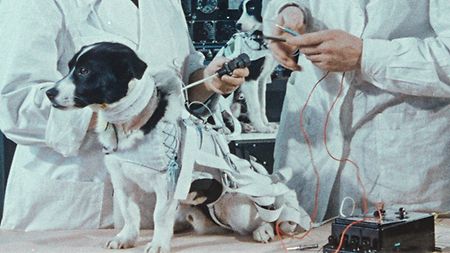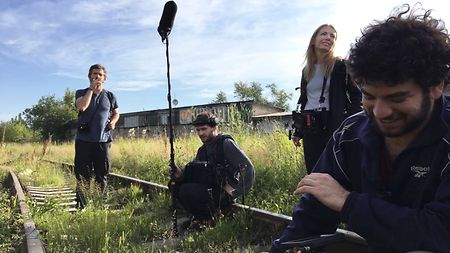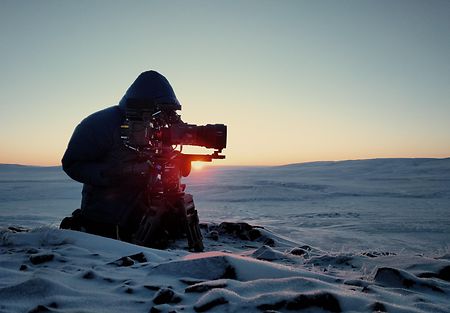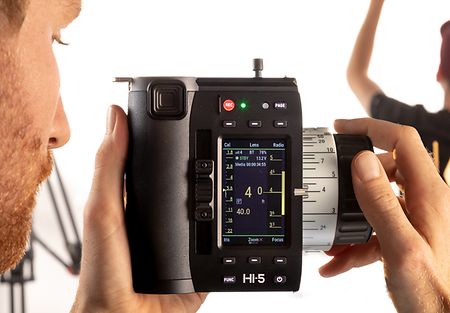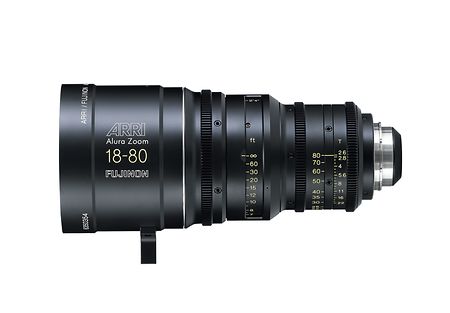In 1957, the Russian stray dog Laika was the first living being to be sent into space. That mission proved to be deadly for Laika. According to legend, she returned to Earth as a ghost and has been roaming Moscow’s streets ever since. In their creative documentary “Space Dogs,” which celebrated its world premiere at the 72nd Locarno Film Festival, Elsa Kremser and Levin Peter (script, director, and producer) tell the story of Laika, following the movements of her descendants: two stray dogs. ARRI supported the film project with camera equipment from ARRI Rental and picture postproduction by ARRI Media. An ALEXA Mini, the Master Grips, and various lenses helped DP Yunis Roy Imer with the difficult shoot. In an interview, the cinematographer talks about working with stray dogs, the equipment he chose, and color grading at ARRI.

“Space Dogs” DP Yunus Roy Imer: “ARRI is sincere and reliable”
For “Space Dogs,” DP Yunus Roy Imer filmed in Moscow with stray dogs. In an interview the cinematographer talks about the difficulties of shooting the film, his equipment selection from ARRI Rental, and the color grading at ARRI Media—also in a video.


